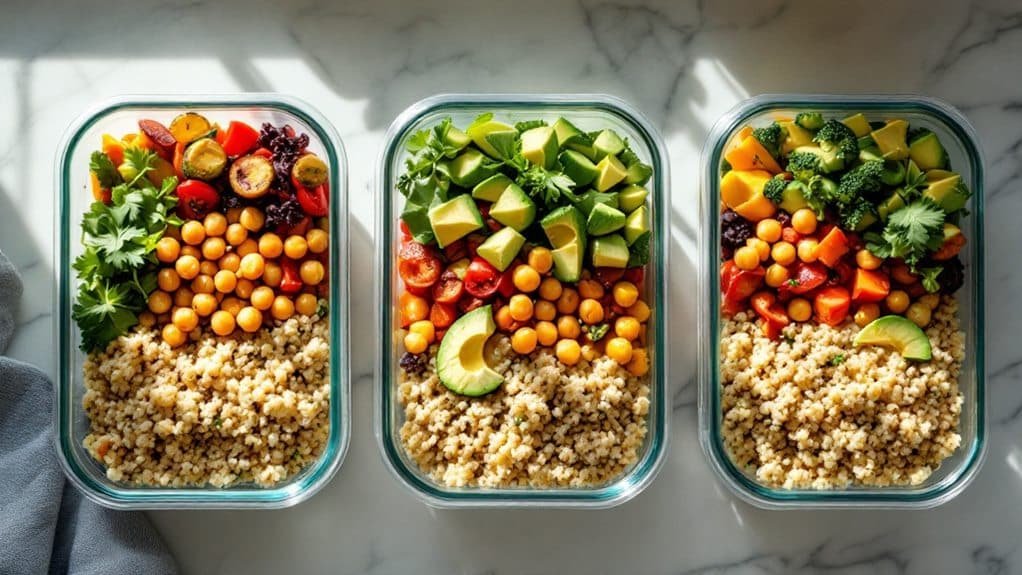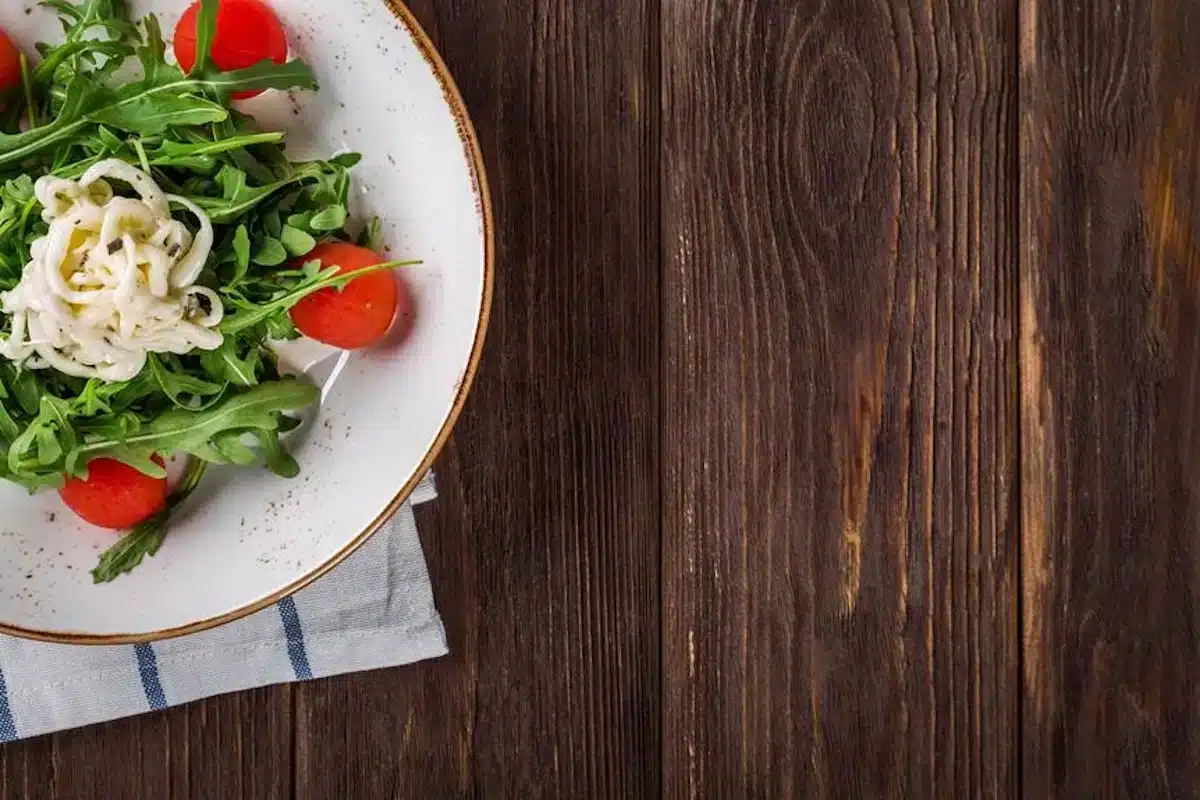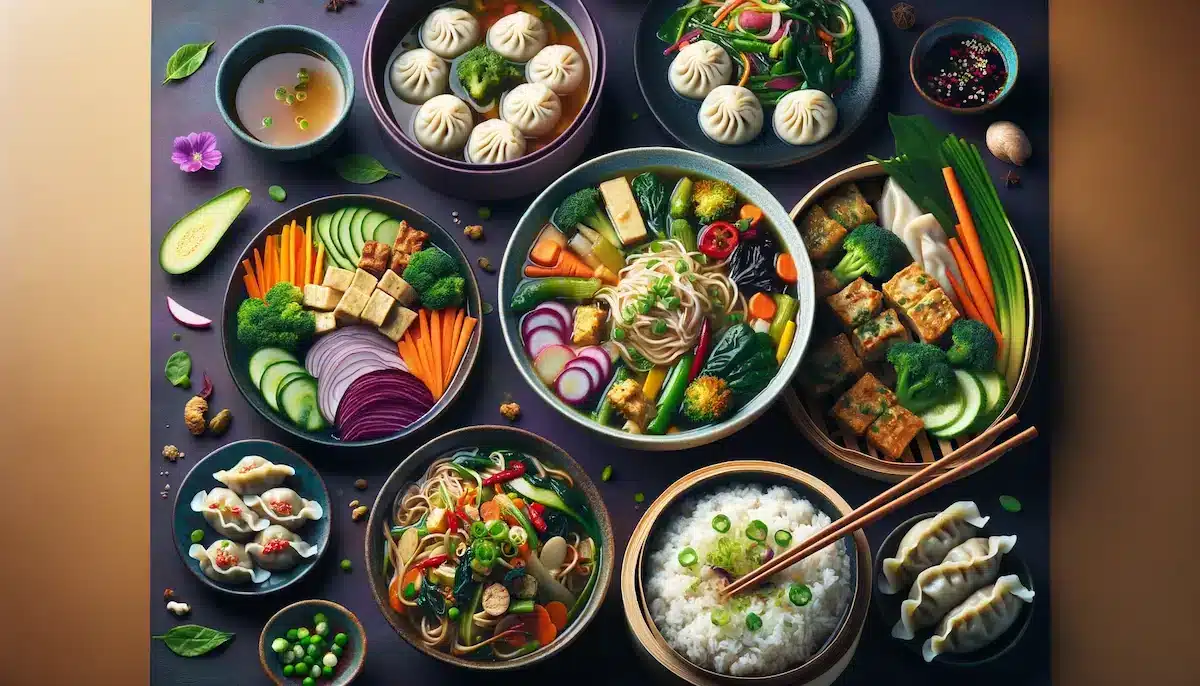When lunchtime rolls around, it often feels like a rushed pit stop rather than a moment to recharge. There’s a pattern that many keep falling into: grabbing whatever is closest—maybe leftover bits from last night or a random container thrown together in a hurry.
It’s all too common to tune out that this midday meal can do so much more. Searching for ways to improve the noon hour is a growing trend. People type things like “how to make lunch better” into search bars, hoping to find practical ideas that fit into their daily grind. There’s a growing recognition that this meal can be about more than just filling a hole in your stomach. It’s a daily ritual, a slight pause that can carry meaning and even a bit of joy.
In a fast-paced world, many feel tempted to rely on takeout or snacks grabbed from vending machines. But there’s a shift happening as more folks look to prepare lunch with more care. The office, the home workspace, or even a picnic table at the local park can become a setting for something that genuinely elevates mood and energy.
Some prefer healthy ingredients that don’t require hours of preparation, while others long for comforting dishes that recall childhood tastes. People with dietary limits also hunt for options that fit their needs without feeling like they are missing out.
This article looks at practical ways to make the midday meal more enjoyable, balanced, and fitting for a full life. From exploring a variety of flavors to planning ahead, from bringing family recipes into the modern age to managing time more efficiently, improving lunch is not about making grand, complicated changes. It’s about small, easy steps that add up over time. The following sections will break down methods to fill your plate with something that feels right for your body and mind.
In this Article
Embracing Simplicity And Flavour to Make Lunch Better
A better lunch doesn’t need fancy sauces or rare ingredients. Sometimes, a simple approach can lead to something that tastes great and fits within a busy schedule. It might mean choosing a few core ingredients that work together—think fresh greens, a protein you enjoy, and a small portion of complex carbohydrates. The idea is to keep it manageable. When you limit the number of steps, putting something together the night before or even in a few spare minutes during your break becomes easier.
A bowl of roasted vegetables seasoned with your favorite herbs, paired with quality protein and a small scoop of whole grains, can offer a comforting balance. Those who prefer a sandwich could try swapping plain bread for something more interesting, like sourdough, and fill it with a mix of greens, avocado, and a spread that isn’t loaded with sugar or preservatives. A small shift in one element can completely change the feeling of your lunch.
If boredom sets in, experiment with simple flavor boosters. A drizzle of olive oil infused with garlic, a sprinkle of aged cheese, or a spoonful of a tangy yogurt-based sauce can turn ordinary ingredients into something that feels more thought-out. The goal isn’t to impress a judge on a cooking show; it’s to make yourself smile when you take that first bite.

Planning Ahead To Save Time And Stress
Many skip a quality lunch because they feel pressed for time. Late mornings slip away, and before you know it, that meeting runs long, and suddenly, there’s a rumbly stomach screaming for attention. One way to combat this is to spend a bit of time planning your week’s lunches in advance. This doesn’t mean spending an entire afternoon batch-cooking complicated dishes. Instead, think in terms of building blocks.
Start with a few staples: a batch of roasted vegetables that can be portioned out over a few days, a few servings of a whole grain like brown rice or quinoa, and a protein source that can handle a few days in the fridge without losing taste. Pair these base elements with something fresh each day. On Monday, top your grains and protein with leafy greens and a spoonful of hummus. On Tuesday, toss in some cherry tomatoes and a quick dressing made from olive oil and lemon juice.
This approach means you’re not starting from scratch each day. You’re mixing and matching items you’ve already prepared, cutting the effort while creating variety. It’s a puzzle-solving approach—just pick your components and assemble them into a balanced plate. This method works for those in an office setting with a microwave as well as those working from home who can warm things up on the stovetop or in a small toaster oven.
Another strategy is using tools that make life easier. Consider storage containers with compartments to separate ingredients until you’re ready to eat. That way, nothing gets soggy before noon. Also, think about making enough dinner to create lunch leftovers. If you’re already chopping vegetables and grilling chicken for the evening meal, throw in an extra portion and box it up for the next day. It’s all about easing the midday rush.
Adapting Traditional Comfort Foods For Modern Lifestyles
There’s something special about those lunches that bring back fond memories. Maybe it’s a favorite casserole your family used to make during winter or a soup that always made an appearance on cold afternoons. These dishes can still be part of your lunch routine, but with some small adjustments that fit your present-day goals.
For instance, that creamy pasta bakes you loved as a kid might feel a bit heavy now. Lighten it up by swapping some of the cream for a broth-based sauce or by adding extra roasted vegetables. If you cherish a particular muffin recipe for a midday snack, consider a version with whole wheat flour and a bit less sugar. The point is to capture that familiar taste while giving it a minor upgrade.
Even nostalgic favorites can be prepared in large batches and portioned out. A stew that reminds you of childhood can be made on Sunday and divided into individual servings. Store them in the fridge or freezer for the week. This gives you that comforting taste without having to cook from scratch when you’re short on time.
Mixing old and new flavors can be fun. Maybe you pair a traditional meatloaf with a bright salad dressed with a light vinaigrette. Or top a homestyle lentil soup with fresh herbs and a sprinkle of seeds. This blend of the familiar and the current day’s preferences can create a lunch that hits the spot in both a sentimental and nutritional sense.

Getting Creative With Different Cuisines And Ingredients
Switching up ingredients can keep lunch from feeling routine. Trying a cuisine you’re not used to can introduce exciting new tastes and textures. If you often rely on tuna sandwiches, try a chickpea wrap with fresh herbs and lemon. If you tend to grab a simple salad, consider adding a handful of toasted nuts, a few berries, and a soft cheese for more complexity.
Look to global traditions for inspiration. A simple grain bowl inspired by Mediterranean flavors—think feta, olives, tomatoes, cucumber, and a drizzle of olive oil—can be assembled quickly. Or try something inspired by Asian kitchens, like a wrap stuffed with crunchy vegetables, a drizzle of peanut sauce, and a bit of chopped cilantro. These slight twists keep boredom at bay.
Eating better at lunchtime doesn’t mean forcing yourself to eat things you dislike. It’s about finding excitement in small shifts. Maybe you can experiment with a different protein source this week, like smoked tofu instead of chicken or a new dressing made from miso, ginger, and some sesame oil. These subtle changes can bring more satisfaction to your midday meal.
Balancing Nutrition And Taste Without Feeling Restricted
When people think about making lunch better, some worry that it involves giving up their favorite foods. But it’s not about restriction. It’s about shifting the balance on the plate. If you love a certain cheese, keep it, but pair it with something fresh and fibrous, like a handful of spinach leaves and cherry tomatoes. If you prefer bread with your lunch, go for a quality loaf instead of a generic option. Add layers of vegetables and maybe a spread made from mashed beans or avocado. This way, lunch still feels like something you love, not a punishment.
Try to keep the meal balanced. Include something that offers protein, a source of quality carbohydrates, healthy fats, and some produce. This combination helps with overall health and keeps you full and energized until the workday winds down. The aim isn’t to craft a perfect meal according to strict rules but to make it something you genuinely want to eat.
Listening to your body can guide you. If certain foods leave you feeling sluggish, swap them for something lighter. If you need a heartier meal because your afternoon involves physical tasks, add an extra scoop of grains or a more substantial protein. Adjusting based on how you feel after eating is a straightforward way to keep improving.
Practical Tips For A Better Lunch Experience
- Keep It Simple: Focus on a few ingredients that taste good and don’t need long preparation.
- Prep In Advance: Roast vegetables or cook grains on Sunday so you’re set for the week.
- Use Quality Containers: Sturdy, airtight containers help maintain freshness and avoid leaks.
- Explore New Flavours: A new spice or dressing can keep things interesting.
- Involve Others: Share recipes or try a lunch swap if you work with colleagues. If you’re at home, get family input.
Key Takeaways
- Small changes can bring more enjoyment to the midday break.
- Mixing familiar favorites with fresh ingredients keeps things interesting.
- Planning ahead reduces stress and improves the meal’s quality.
- Paying attention to how food makes you feel helps shape better choices.
A Straightforward Wrap-Up
Making lunch better doesn’t require special equipment or gourmet training. It’s about paying attention to what you’re eating and how it makes you feel, then making minor improvements. By embracing simple cooking methods, planning, and adding a few flavor twists, your midday meal can become something you look forward to. It can help you power through the afternoon, feeling more energized and satisfied without relying on sugary snacks or bland leftovers.
There is no need for elaborate meal plans that take hours. Start small—swap a dull side dish for something crisp and fresh, try a new herb or seasoning, or pack leftovers in an organized and appealing way. With these methods, lunch can move from a quick, thoughtless bite to a well-deserved moment of comfort and nourishment.









